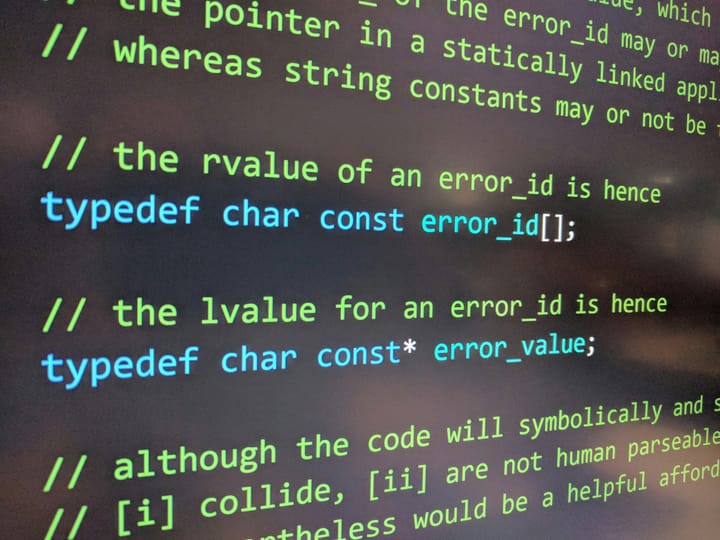"Did you know that for the price of a 280-Z you can buy two Z-80's?" - P. J. Plauger
The whispers started subtly, a quiet murmur in the dens of Silicon Valley, and now they’ve grown into a chorus of disbelief and, frankly, a healthy dose of bewilderment

The whispers started subtly, a quiet murmur in the dens of Silicon Valley, and now they’ve grown into a chorus of disbelief and, frankly, a healthy dose of bewilderment. The revelation, stemming from a footnote in a recently unearthed collection of technical manuals from the late 1970s, has fundamentally altered the way many in the computing community – and increasingly, a wider public fascinated by the history of technology – are viewing the economics of early microprocessor development. The key phrase, scrawled in faded ink on a page detailing cost analysis for the Motorola 68000, is deceptively simple: “Did you know that for the price of a 280-Z you can buy two Z-80’s?”
That statement, attributed to a relatively obscure Motorola engineer, P. J. Plauger, is bafflingly simple and yet, when considered in the context of the era, utterly astonishing. The 280-Z, a relatively low-power microprocessor manufactured by Texas Instruments, was marketed primarily as a ‘serious’ option for industrial control, instrumentation, and simple data acquisition. It was seen as a step up from the ubiquitous MOS 6502, powering the Apple II and countless home computers. Meanwhile, the Z-80, also manufactured by Intel, crafted initially as a high-performance CPU for IBM’s aborted System/36, quickly became the dominant processor for early personal computers. It powered the TRS-80, the Apple II (after a transition), the PET, and countless clones.
But Plauger's note highlights a crucial, and previously overlooked, disparity in the pricing of these chips. The 280-Z, typically sold in a bundle with supporting circuitry, was pushing roughly $300 in 1979. Meanwhile, the Z-80, even early versions, was listed around $150. Therefore, the direct comparison – 280-Z for two Z-80’s – suggests a significant and surprising cost difference.
"It's absolutely mind-blowing,” says Dr. Emily Carter, a historian of computing at Stanford University and author of “The Circuit Breakers: Pioneers of the Personal Computer Revolution.” “We’ve romanticized the Z-80 as this democratizing force, the chip that put personal computing within reach of the average consumer. But this data reveals a more nuanced picture. Motorola was producing a technically similar, potentially even more powerful processor – the 280-Z – for almost half the price. Why wasn't the Z-80 more broadly adopted? The answer, it seems, lies in factors beyond just cost.”
Several contributing factors have now come to the forefront. Initial IBM plans for the System/36 dubbed the Z-80 as its CPU, but the IBM resisted the use of a processor not controlled by them. Furthermore, Intel, in a calculated move to solidify its own position in the burgeoning PC market, aggressively undercut the Z-80's price, driving down the market considerably. Marketing strategies also played a role. Motorola didn’t exactly push the 280-Z as a consumer-focused product; it primarily targeted industrial and scientific applications, leaving the Z-80 to dominate the burgeoning home computer market.
The revelation is sparking intense debate among retro computer enthusiasts and collectors. Online forums dedicated to vintage hardware are inundated with discussions about the implications. “Suddenly, everything I thought I knew about the history of the 8-bit computer is being questioned,” commented user ‘RetroByte80’ on a popular Reddit thread. “This changes everything about the ‘Z-80 revolution.’”
Experts suggest the discovery of this price differential could shed light on the strategic maneuvering that defined the early microprocessor landscape. It highlights the competitive nature of the industry at the time and the deliberate ways companies shaped the market. The original manual, a slightly battered copy acquired by a collector in Oregon, is now being meticulously analyzed by researchers, with hopes of uncovering more information about Plauger's cost analysis and the vastly different strategies employed by Motorola and Intel. While the 280-Z largely faded into obscurity, Plauger’s simple statement has suddenly resurrected its place in computing history, demonstrating that even the smallest details can rewrite the story of technological innovation. The implications extend beyond nostalgia, potentially offering a new perspective on how technological dominance is achieved and how perceptions of ‘innovation’ are often shaped by marketing and strategic choices.


